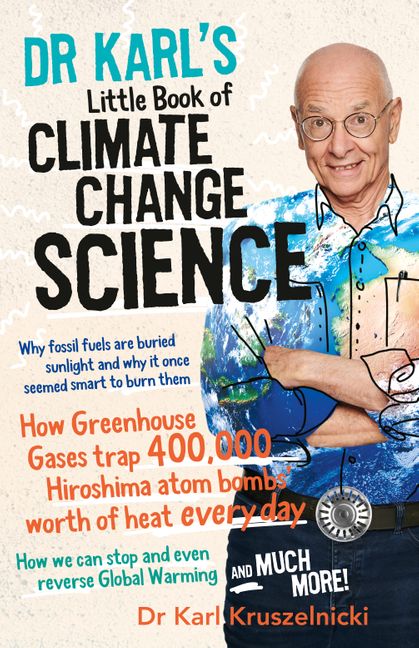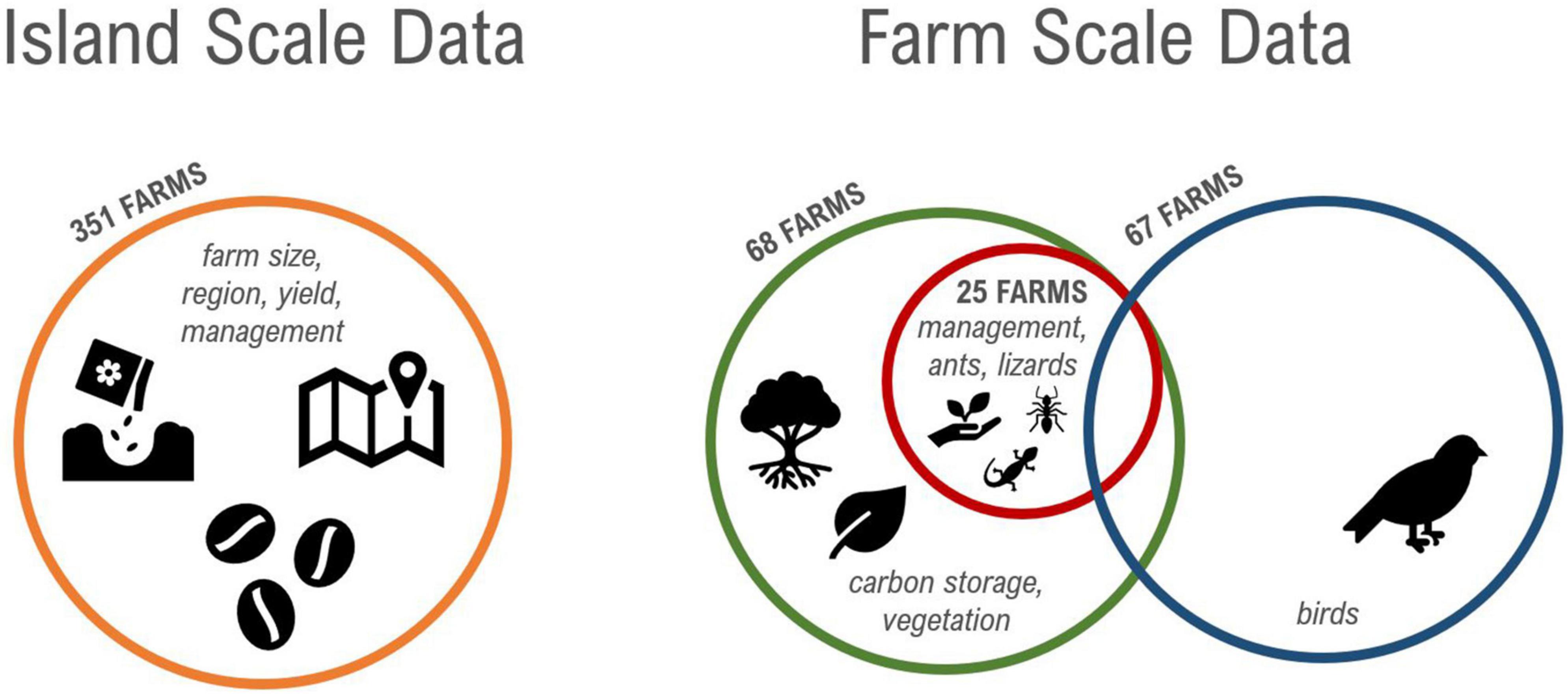Aviation Sector Advances Climate Action (SDG 13) Through Innovative Mitigation Strategies
Executive Summary: Contrail Reduction as a Climate Priority
Recent research indicates a significant opportunity for the aviation industry to reduce its climate impact by focusing on non-CO2 emissions, specifically persistent warming contrails. A new analytical tool, supported by findings from University of California, Irvine, suggests that operational strategies to reduce contrail formation may provide a net climate benefit, even if they result in minor increases in CO2 emissions. This approach aligns directly with the urgent call for action under Sustainable Development Goal 13 (Climate Action).
Innovation and Infrastructure for Sustainable Aviation (SDG 9)
The development of new technologies and strategic frameworks is crucial for transitioning the aviation industry towards greater sustainability. This commitment to innovation is a core component of SDG 9 (Industry, Innovation, and Infrastructure).
- New Analytical Tools: A primary development is a tool designed to help airlines and air traffic management identify and avoid airspace where warming contrails are likely to form.
- Research-Driven Strategy: Scientific modeling demonstrates that the warming effect of contrails can be substantially greater than that of the CO2 produced on the same flight, making their avoidance a high-impact climate strategy.
- Fuel Formulation Research: Industry stakeholders, including the European Union Aviation Safety Agency (EASA), are examining how modifications to conventional jet fuel composition can further mitigate non-CO2 environmental impacts.
Partnerships and Energy Strategy (SDG 17 & SDG 7)
Achieving these environmental targets relies on robust collaboration between regulatory bodies, research institutions, and industry operators, a principle central to SDG 17 (Partnerships for the Goals). While conventional fuel remains dominant, efforts to enhance its formulation represent a transitional step toward cleaner energy, contributing to the aims of SDG 7 (Affordable and Clean Energy).
- Regulatory and Industry Collaboration: EASA and European aviation stakeholders are jointly investigating changes in fuel to reduce its environmental footprint.
- Long-Term Energy Outlook: Recognizing that conventional jet fuel will be a primary energy source for decades, these initiatives focus on optimizing its use to minimize climate harm.
- Integrated Climate Approach: The strategy integrates the management of both CO2 and non-CO2 emissions, reflecting a comprehensive approach to aviation’s climate responsibilities.
1. Relevant Sustainable Development Goals (SDGs)
- SDG 13: Climate Action: This is the most central SDG, as the article’s main theme is to “Cut Climate Impact” from aviation by addressing both CO2 and non-CO2 emissions like contrails.
- SDG 9: Industry, Innovation, and Infrastructure: The article discusses a “New Tool” and research into changing jet fuel formulation, which points directly to innovation and upgrading technology within the aviation industry to make it more sustainable.
- SDG 17: Partnerships for the Goals: The article explicitly mentions collaboration between “EASA and European industry stakeholders” and highlights research from “UC Irvine,” showcasing a multi-stakeholder partnership between regulatory bodies, private industry, and academia to address a common environmental challenge.
- SDG 7: Affordable and Clean Energy: The focus on “conventional jet fuel” and examining “changes in its formulation” to mitigate environmental impacts relates to making the energy source for aviation cleaner and more environmentally sound.
2. Specific SDG Targets
-
SDG 13: Climate Action
- Target 13.2: Integrate climate change measures into national policies, strategies and planning. The article shows this through the actions of EASA, a regulatory body, which is “examining how changes in its [jet fuel] formulation could help mitigate non-CO2 emissions environmental impacts.”
- Target 13.3: Improve education, awareness-raising and human and institutional capacity on climate change mitigation. The research from “researchers at UC Irvine” and the development of a “New Tool” contribute directly to the knowledge base and capacity for mitigating aviation’s climate impact.
-
SDG 9: Industry, Innovation, and Infrastructure
- Target 9.4: By 2030, upgrade infrastructure and retrofit industries to make them sustainable, with increased resource-use efficiency and greater adoption of clean and environmentally sound technologies and processes. The article’s focus on a “New Tool” and altering fuel formulation are examples of adopting new processes and technologies to make the aviation industry more sustainable.
- Target 9.5: Enhance scientific research, upgrade the technological capabilities of industrial sectors. The work by “researchers at UC Irvine” and the examination by “EASA and European industry stakeholders” are direct examples of enhancing research and technological capabilities to solve an industry-specific problem.
-
SDG 17: Partnerships for the Goals
- Target 17.16: Enhance the Global Partnership for Sustainable Development, complemented by multi-stakeholder partnerships that mobilize and share knowledge, expertise, technology. The collaboration mentioned between EASA (public/regulatory), “European industry stakeholders” (private), and “UC Irvine” (academia) is a clear example of such a partnership sharing knowledge and technology.
-
SDG 7: Affordable and Clean Energy
- Target 7.a: By 2030, enhance international cooperation to facilitate access to clean energy research and technology… including… advanced and cleaner fossil-fuel technology. The examination of “conventional jet fuel” to change its “formulation” to mitigate environmental harm is an effort towards creating a cleaner fossil-fuel technology.
3. Mentioned or Implied Indicators
- Reduction in non-CO2 climate impacts: The article directly implies this indicator by stating a goal of “Reducing contrails” and mitigating “non-CO2 emissions environmental impacts.” Progress would be measured by the quantifiable reduction in contrail formation or their climate effects.
- CO2 emissions levels: This is an implied indicator, as the article mentions that reducing contrails may lead to “small CO2 increases,” demonstrating that CO2 emissions are a key metric being monitored and balanced in the process.
- Development and adoption of new technologies: The article’s mention of a “New Tool” implies that the development, deployment, and adoption rate of such mitigation technologies serve as an indicator of progress.
- Establishment of multi-stakeholder partnerships: The existence of the collaboration between “EASA and European industry stakeholders” is itself an indicator of progress towards tackling complex issues that require joint efforts.
4. Summary Table of SDGs, Targets, and Indicators
| SDGs | Targets | Indicators (Implied from Article) |
|---|---|---|
| SDG 13: Climate Action | 13.2: Integrate climate change measures into policies and planning. | Measurement of reduction in contrails and other non-CO2 impacts; monitoring of CO2 emissions. |
| SDG 9: Industry, Innovation, and Infrastructure | 9.4: Upgrade industries to make them sustainable with clean and environmentally sound technologies. | Adoption rate of the “New Tool”; implementation of new jet fuel formulations. |
| SDG 17: Partnerships for the Goals | 17.16: Enhance the Global Partnership for Sustainable Development, complemented by multi-stakeholder partnerships. | Number and effectiveness of collaborations between regulatory bodies (EASA), industry, and academia (UC Irvine). |
| SDG 7: Affordable and Clean Energy | 7.a: Enhance international cooperation to facilitate access to cleaner fossil-fuel technology. | Progress in research and development of cleaner formulations for conventional jet fuel. |
Source: ainonline.com






